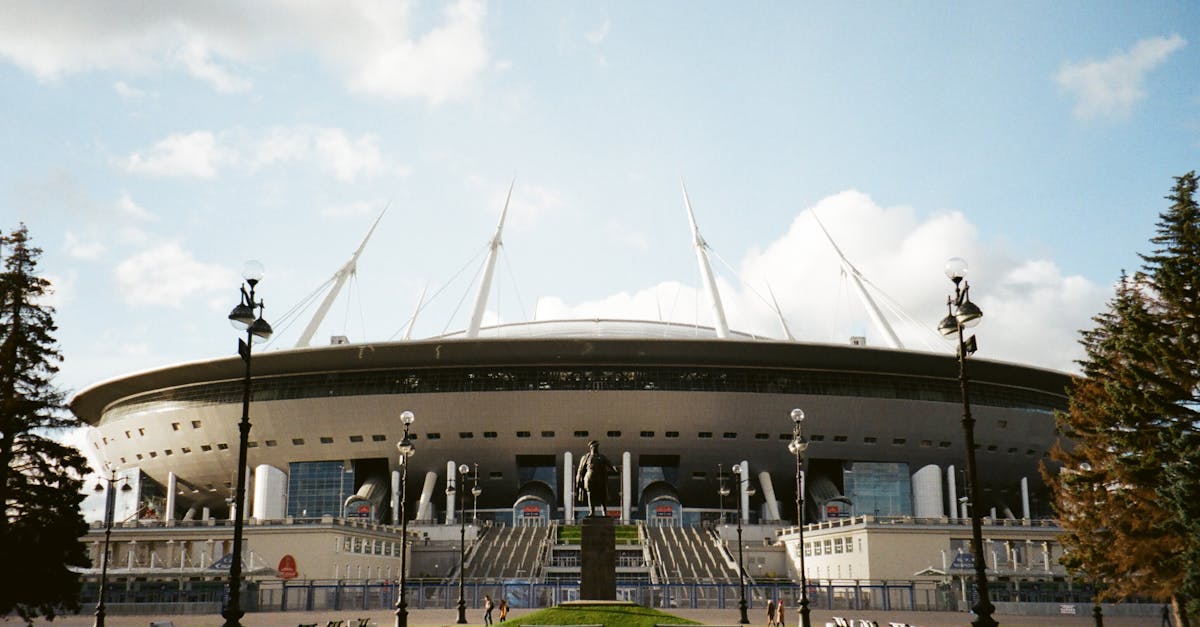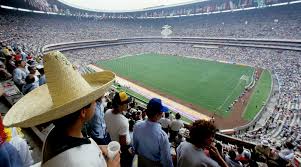What Happens to World Cup Stadiums After the Final Whistle?
The World Cup isn’t just a global sporting event—it’s also a massive construction project. Countries spend billions building state-of-the-art stadiums, but what happens with World Cup stadiums after the final whistle? Some find new life. Others become ghost towns.
15 fascinating examples of what happened to former World Cup stadiums
1. Maracanã Stadium – Brazil (1950, 2014)
Once the largest stadium in the world, Maracanã remains a vital sports venue. It hosted the 2016 Olympics and is home to top Brazilian clubs. But it has also faced maintenance issues and temporary closures.
2. Soccer City – South Africa (2010)
Now called FNB Stadium, it remains South Africa’s premier venue. Used for local league games, concerts, and political events.
3. Luzhniki Stadium – Russia (2018)
This historic Moscow venue continues hosting major events including Champions League and international matches. It’s also a key location for national celebrations.
4. Arena da Amazônia – Brazil (2014)
Located in the remote city of Manaus, this $300 million stadium now hosts minimal events. It’s often cited as a symbol of World Cup white elephants.
5. Al Bayt Stadium – Qatar (2022)
Designed to resemble a Bedouin tent, Al Bayt is expected to be downsized post-tournament and repurposed into a community hub and hotel.
6. Cape Town Stadium – South Africa (2010)
Costing $600 million, it’s used for rugby, concerts, and local soccer, though upkeep is costly and sometimes questioned.
7. Al Janoub Stadium – Qatar (2022)
Post-World Cup plans include scaling it down and using it as a local sports complex. Its design by Zaha Hadid remains a visual marvel.
8. Estádio das Dunas – Brazil (2014)
Used by local club América de Natal, but often half-empty. Maintenance costs are a burden on local budgets.
9. Khalifa International Stadium – Qatar (2022)
A legacy stadium used before the World Cup, it’s now a high-tech venue for club games, athletics, and sports science research.
10. Arena Pernambuco – Brazil (2014)
Built for the tournament but now underused. Often criticized as another white elephant despite attempts at private operation deals.
11. Ahmad Bin Ali Stadium – Qatar (2022)
It’s planned to become a sustainable community sports venue. Half of the modular structure may be repurposed elsewhere.
12. Estadio Olímpico Universitario – Mexico (1968, 1986)
Originally built for the 1968 Olympics and used in the 1986 World Cup. It’s still active for domestic football and university sports.
13. Sapporo Dome – Japan (2002)
A technological marvel with a retractable pitch. Still used for football and baseball, but maintaining its innovation is costly.
14. Estádio Nacional – Brazil (2014)
One of the most expensive stadiums in history ($900 million). Now rarely used and riddled with corruption investigations.
15. Education City Stadium – Qatar (2022)
Built as a “legacy stadium” in Doha’s education district. It now hosts student sports and serves as a model for sustainable construction.
That’s it!
World Cup stadiums are marvels of design and investment—but their futures vary wildly. Some become community assets or iconic venues. Others fade into underuse. Their legacy depends on planning, geography, and long-term vision beyond the final whistle.



